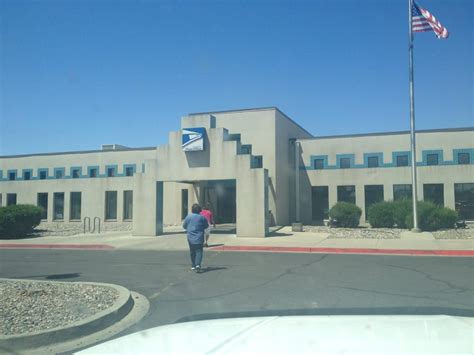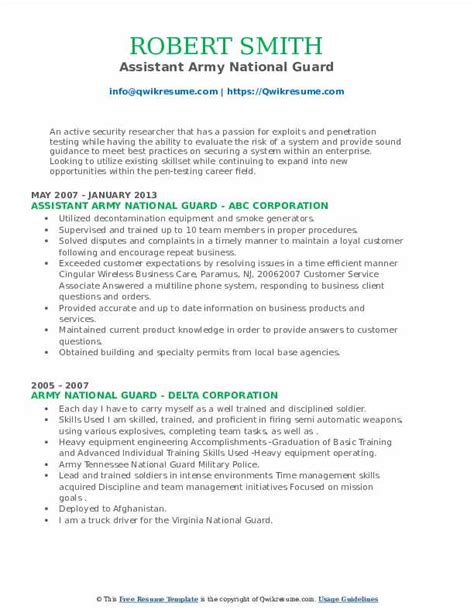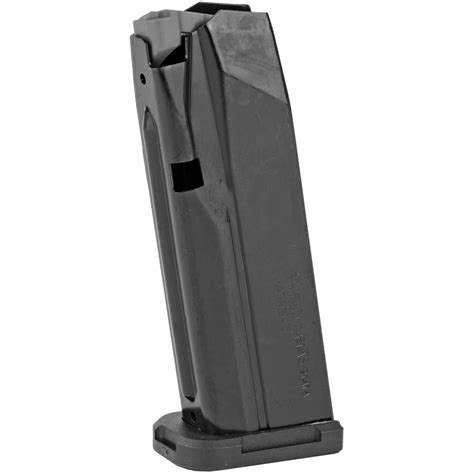NATO Military Alphabet Code Names Explained
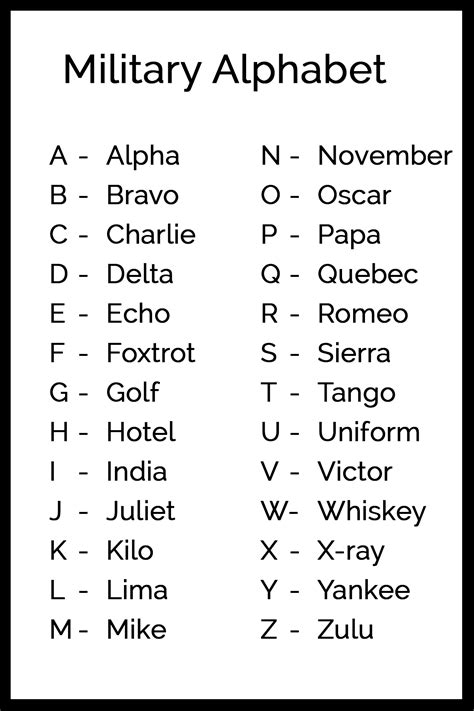
Introduction to NATO Military Alphabet Code Names

The NATO Military Alphabet, also known as the International Radiotelephony Spelling Alphabet, is a phonetic alphabet used by various military and civilian organizations to clearly communicate letters and numbers in radio and phone communications. This alphabet is crucial in situations where standard letter pronunciation may be unclear, such as in noisy environments or when communicating with people who speak different languages. In this article, we will delve into the world of NATO Military Alphabet code names, explaining their history, usage, and importance.
History of the NATO Military Alphabet
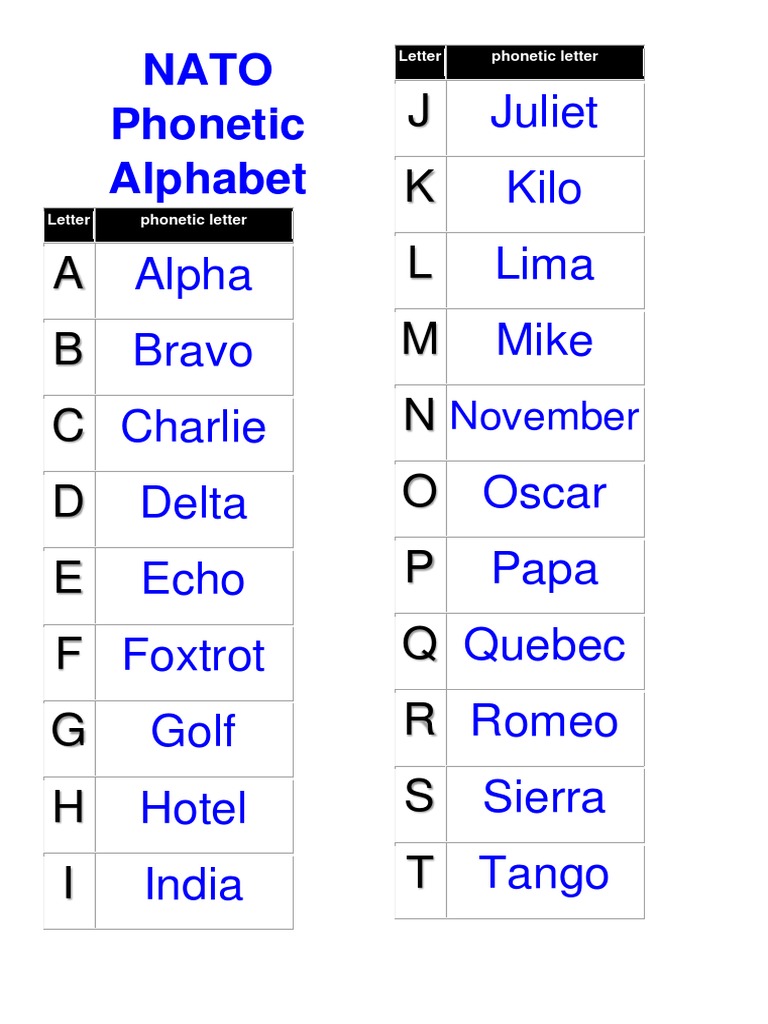
The NATO Military Alphabet was developed in the 1920s by the International Telecommunication Union (ITU) to standardize communication in radio and phone transmissions. The original alphabet, known as the “Able Baker” alphabet, was used by the U.S. military during World War II. However, this alphabet had some limitations, as some words were not easily distinguishable from one another.
In the 1950s, the ITU and the International Civil Aviation Organization (ICAO) collaborated to create a new phonetic alphabet that would be more universally accepted. This new alphabet, known as the “NATO Military Alphabet” or “International Radiotelephony Spelling Alphabet,” was officially adopted in 1959 and has since been used by various military, aviation, and maritime organizations worldwide.
The NATO Military Alphabet Code Names

The NATO Military Alphabet consists of 26 code names, each representing a letter of the alphabet. These code names are carefully chosen to be distinct and easy to pronounce, reducing errors in communication.
Here is the NATO Military Alphabet code name list:
| Letter | Code Name |
|---|---|
| A | Alpha |
| B | Bravo |
| C | Charlie |
| D | Delta |
| E | Echo |
| F | Foxtrot |
| G | Golf |
| H | Hotel |
| I | India |
| J | Juliet |
| K | Kilo |
| L | Lima |
| M | Mike |
| N | November |
| O | Oscar |
| P | Papa |
| Q | Quebec |
| R | Romeo |
| S | Sierra |
| T | Tango |
| U | Uniform |
| V | Victor |
| W | Whiskey |
| X | X-ray |
| Y | Yankee |
| Z | Zulu |

Usage of the NATO Military Alphabet
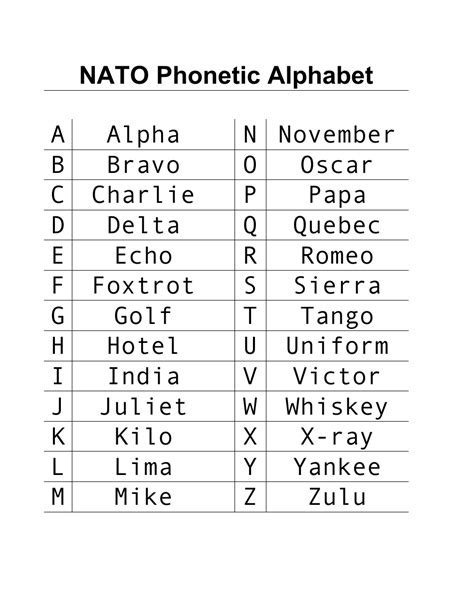
The NATO Military Alphabet is widely used in various fields, including:
- Military communications: The alphabet is used to clearly communicate letters and numbers in radio and phone transmissions, reducing errors and misunderstandings.
- Aviation: Pilots and air traffic controllers use the alphabet to communicate aircraft identification, coordinates, and other important information.
- Maritime: The alphabet is used in maritime communications to clearly identify vessels, coordinates, and other critical information.
- Emergency services: Emergency responders, such as police and firefighters, use the alphabet to communicate clearly in emergency situations.
Importance of the NATO Military Alphabet
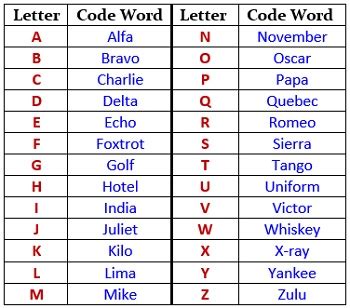
The NATO Military Alphabet plays a critical role in ensuring clear and accurate communication in various fields. Its importance cannot be overstated:
- Reduced errors: The alphabet helps reduce errors in communication, which can be critical in emergency situations or when communicating sensitive information.
- Improved clarity: The code names are carefully chosen to be distinct and easy to pronounce, reducing misunderstandings and miscommunications.
- Universality: The alphabet is widely accepted and used by various organizations worldwide, making it a universal language for clear communication.
🚨 Note: The NATO Military Alphabet is not a cipher or code, but rather a phonetic alphabet used to clearly communicate letters and numbers.
Conclusion
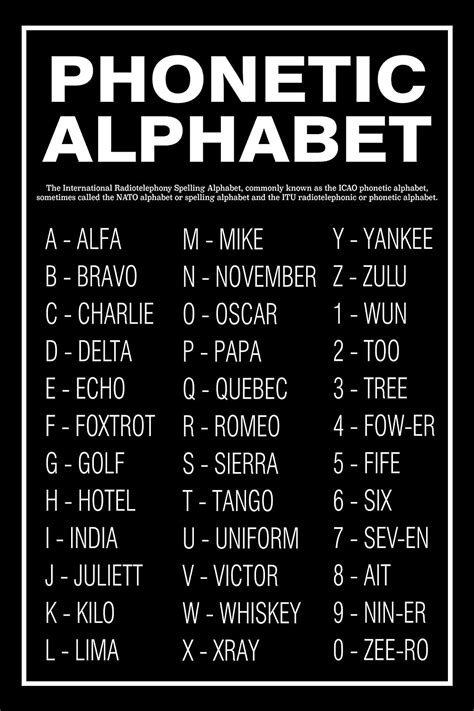
The NATO Military Alphabet code names are an essential tool for clear communication in various fields. Its history, usage, and importance demonstrate its value in ensuring accurate and reliable communication. Whether in military, aviation, maritime, or emergency services, the NATO Military Alphabet is an indispensable asset for professionals who require precise communication.
What is the NATO Military Alphabet?

+
The NATO Military Alphabet is a phonetic alphabet used to clearly communicate letters and numbers in radio and phone communications.
Why is the NATO Military Alphabet important?

+
The NATO Military Alphabet reduces errors, improves clarity, and is universally accepted, making it a critical tool for clear communication in various fields.
Is the NATO Military Alphabet a cipher or code?

+
No, the NATO Military Alphabet is not a cipher or code, but rather a phonetic alphabet used to clearly communicate letters and numbers.
